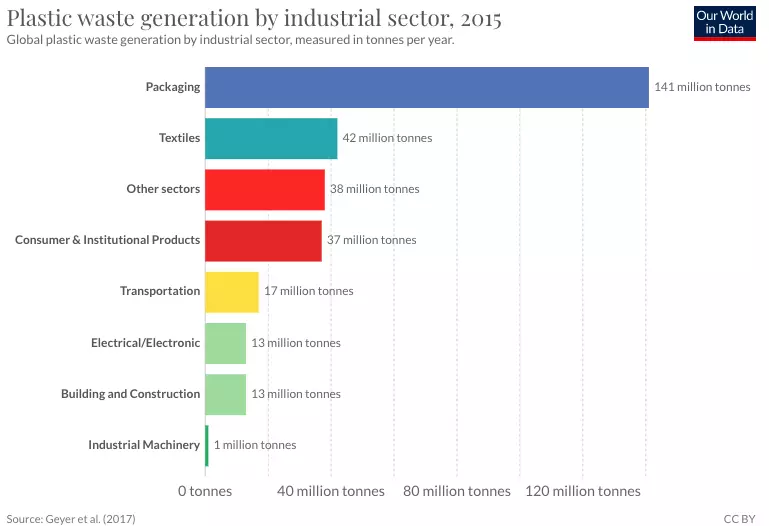Online shopping's big problem
This year, Single's Day in China [November 11] meant that 675 million packages had to be delivered to consumers.
Online shopping is great.
It's quick, convenient and doesn't require laborious trips to malls or talking to stressed shop assistants.
However, online shopping has a massive and growing problem.
As more and more people discover the joys of e-commerce, the industry is exponentially growing the amount of waste that it produces.
Cardboard boxes, waybill plastic, inner packaging material - all of which ends up in landfill if the consumer doesn't bother to recycle it.
This year, Single's Day in China [November 11] meant that 675 million packages had to be delivered - that is more than 10 times the population of South Africa.

'Greenpeace estimates that Singles’ Day generated 52,400 metric tons of carbon dioxide from manufacturing, packaging and shipping in 2017. The national railway has to employ hundreds of high-speed trains to help with deliveries every year.'
'According to a report released by Oceana Canada last week, the waste created by Amazon’s plastic packaging, which is based on an analysis of e-commerce packaging data, would circle the Earth more than 500 times.'
'Combined with findings from a recent study published in Science, it’s estimated that as much as 10 million kilograms of Amazon’s plastic packaging polluted the world’s freshwater ecosystems in 2019.' So while Jeff Bezos makes billions of dollars, the rest of us are left with the mess to clean up, using tax payers money.
Black Friday and Cyber Monday might seem like a bargain for consumers, but the environmental backlash from the packaging footprint that these occasions produce is astronomical.
With the popularity of online shopping forecast to increase - the packaging waste problem is one that will need to be addressed and solved smartly.







